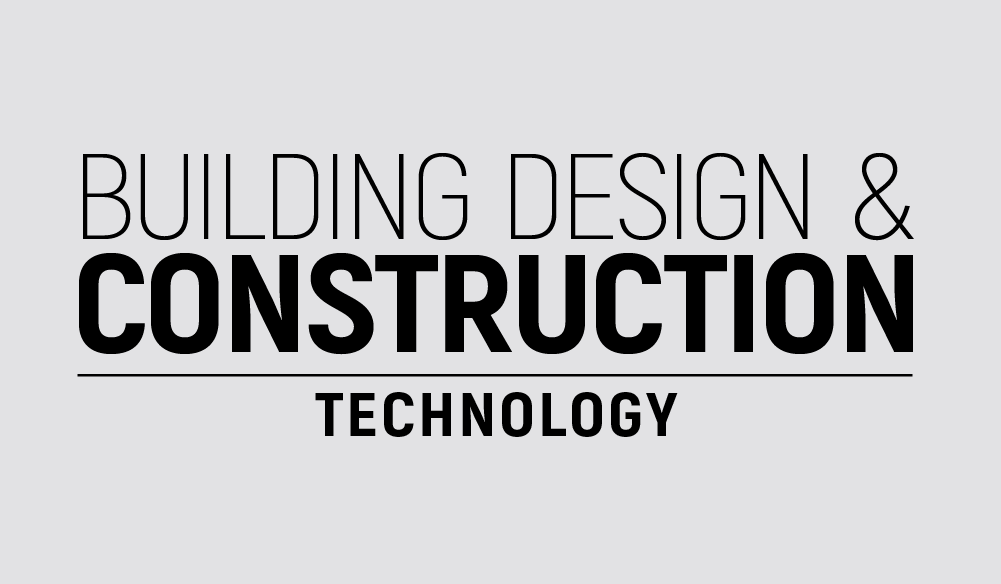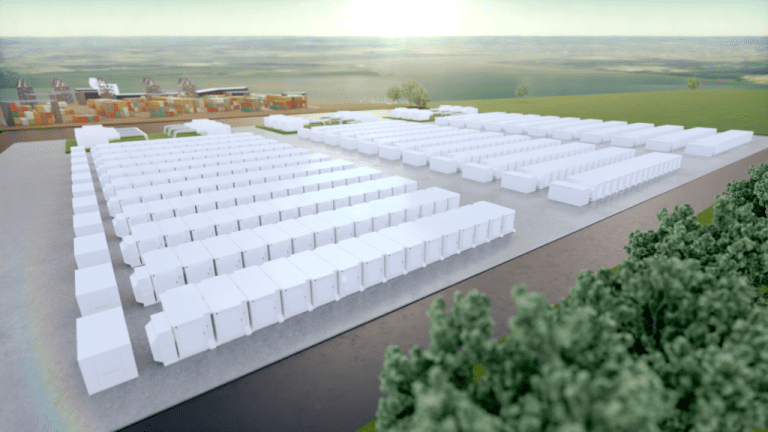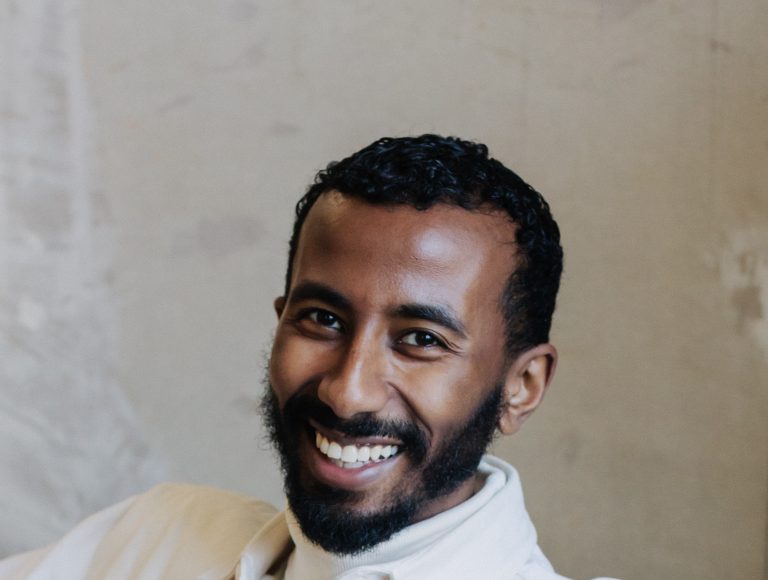Solivus, a leading UK provider of lightweight solar installations for commercial applications, has designed and delivered a £2m solar installation to Farnborough Airport, taking it one step closer to its commitment to reach net zero emissions by 2030. Located in Farnborough, Hampshire, Farnborough Airport is the home of British aviation and widely recognised as Europe’s leading airport for premium travel connectivity. In its ongoing efforts to be a sustainability showcase for other airports around the world, it has a clear strategy in place to reach net zero by 2030, well ahead of the industry standard. As part of this, Farnborough Airport sought to reduce electricity and gas usage and invest in onsite renewable production. However, the path to self-generation proved less than straightforward. Foremost, due to operational and environmental restrictions on land use, the installation of ground-mounted solar at scale was not possible making rooftop solar the only option. At the same time, the iconic architectural curves of the airport building were not conducive to fitting traditional rigid solar panels while – in common with 40% of commercial buildings like aircraft hangars, the rooftops were unable to support the associated weight. The solution to overcoming these challenges and installing the desired solar was provided through partnering with lightweight solar technology pioneers, Solivus. Offering a competitive performance without the bulk, Solivus’ lightweight solar solution provides a practical, efficient, and cost-effective option for commercial rooftops, allowing large premises to harness solar energy while minimising structural concerns and installation complexities. Furthermore, Solivus’ lightweight solar solution can be used on a wide variety of roof surfaces, and is typically installed with no penetration of the roof itself and has much lower glare characteristics compared to conventional solar panels. Now complete, the installation, which commenced works in January 2024, has seen over 4,000 lightweight solar panels installed on hangars one and two, the terminal, the control tower, and the Airport’s award-winning 169-room hotel, the Aviator Hampshire. Constituting one of the largest rooftop solar installations in the region, the works will enable up to 25% of the airport’s annual electricity needs to be met, as well as enabling its growing operational fleet of electric vehicles to be charged using self-generated electricity. With approximately 75% of solar energy generated to be used on-site, the remaining 25% will be sold back to the energy supplier, thus making the financial case for solar even more attractive. In total, the installation will deliver over 1,700 kWp of installed capacity, generating over 1.2 GWh of clean energy every year while taking Farnborough Airport a major leap forward in its bold target of achieving carbon neutrality by 2030. The PV installation is expected to generate over 36 GWh of energy in its lifetime and offset more than 5,000 tonnes of CO2e in that time. Importantly, the project, which was planned, delivered and executed as a complete solution by Solivus, was meticulously phased to minimise disruption for the busy airport. Safety was accounted for too. Working closely with the National Air Traffic Services, Solivus’ design was purposefully constructed to minimise any glint and glare. This included a comprehensive feasibility study, testing factors such as generation potential and shading to determine the optimal placement of panels. Farnborough Airport’s ambitions for renewables are expressed by the Group’s CEO, Simon Geere: “In line with our ambition to become a sustainability showcase for airports around the world, we’re proud to have partnered with lightweight solar technology pioneers, Solivus, to install one of the largest rooftop solar projects in the region. The lightweight solar installation is a significant step towards achieving our sustainability objectives, significantly reducing our controllable emissions, as set out in our Net Zero Roadmap, in which we have committed to be Net Zero by 2030 or sooner.” Interestingly, the solar installation aligns with a recent government bill, which encourages the extensive deployment of rooftop solar on domestic industrial and commercial property to make effective use of available surfaces as a priority. Solivus CEO, Jo Parker-Swift says: “Rooftop solar is crucial for decarbonising the built environment, but its application has often been constrained by the structural limitations of many commercial buildings. Put simply, traditional solar panels are too heavy for many rooftops. Our lightweight solar innovation addresses this issue, enabling large-scale, cost-effective solar deployment across nearly all large commercial buildings and sites. “We are proud to have worked with Farnborough Airport to ensure the future supply of renewable energy, supporting the airport’s progressive net zero emissions journey. We encourage other airports to seize the opportunity to benefit from our lightweight solar energy installations and advance their own sustainability initiatives. For further information please visit: https://www.solivus.com/ Building, Design & Construction Magazine | The Choice of Industry Professionals














